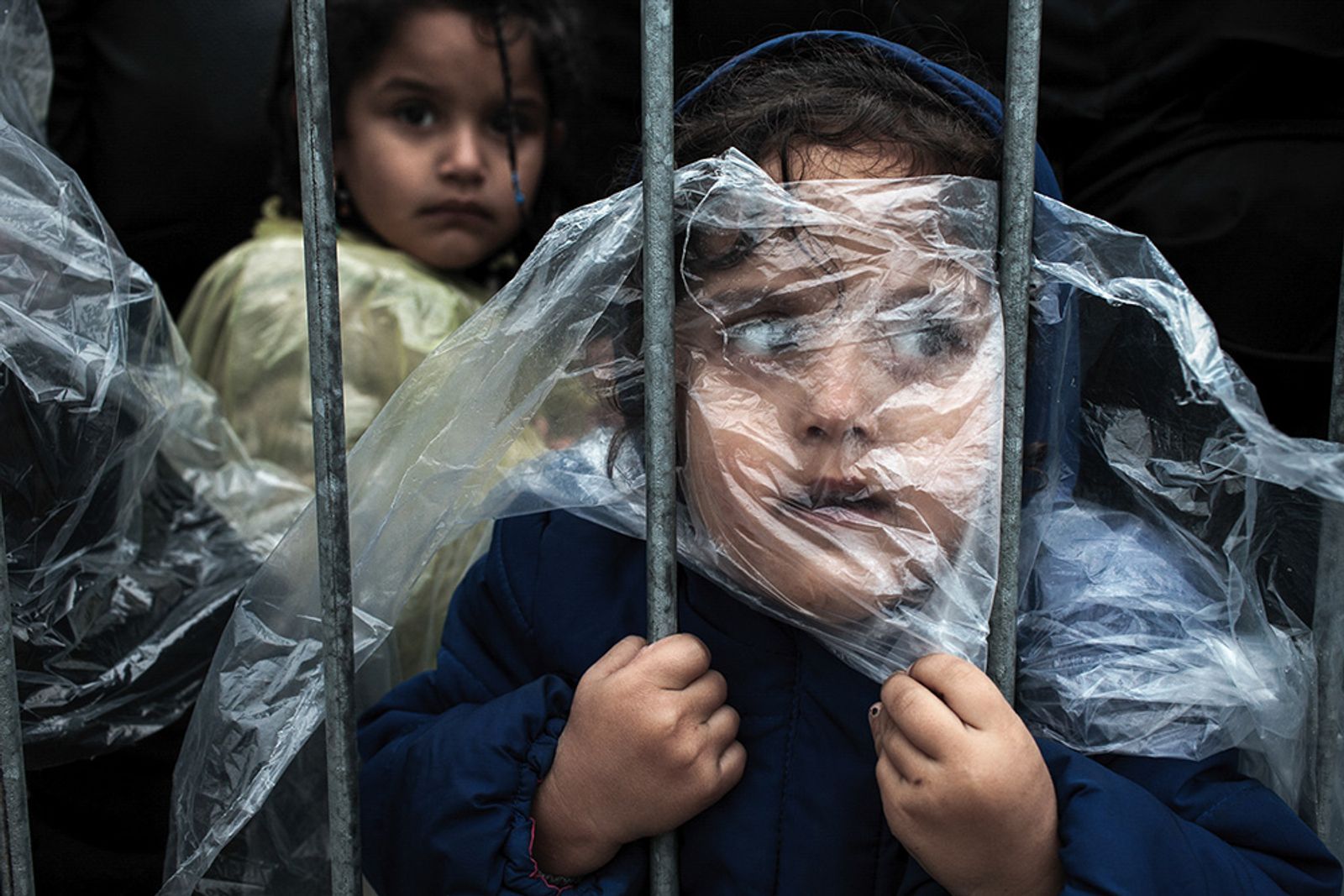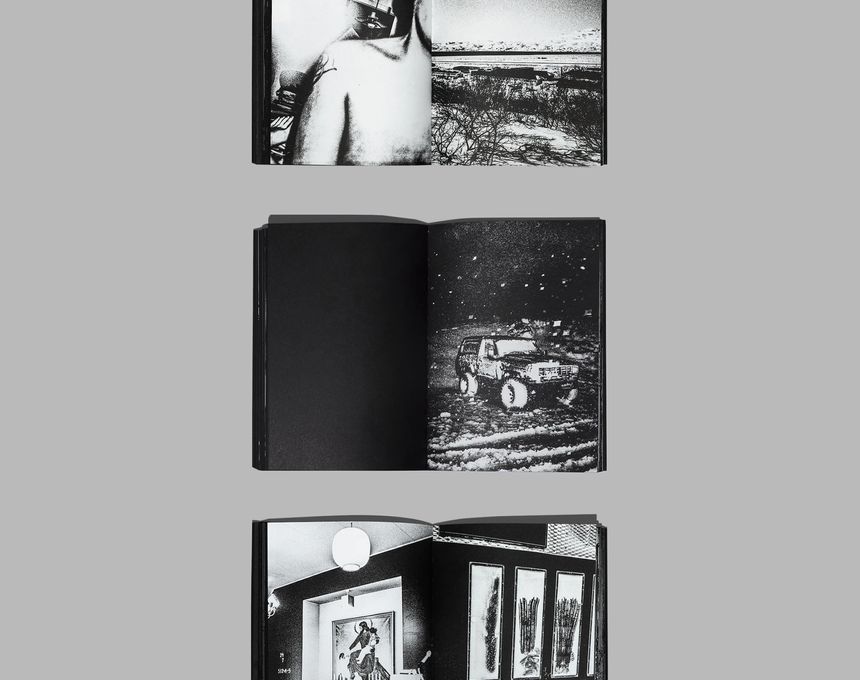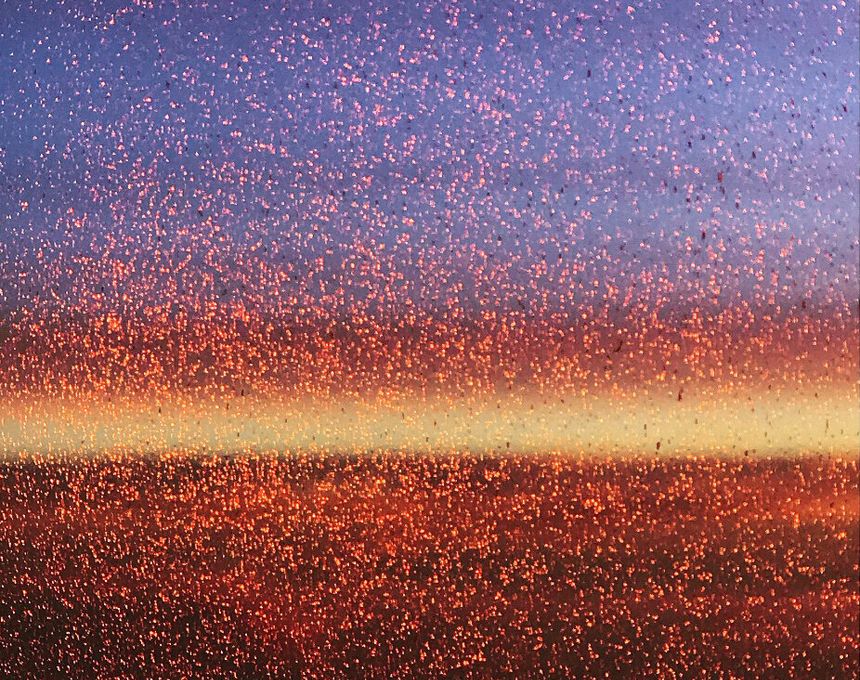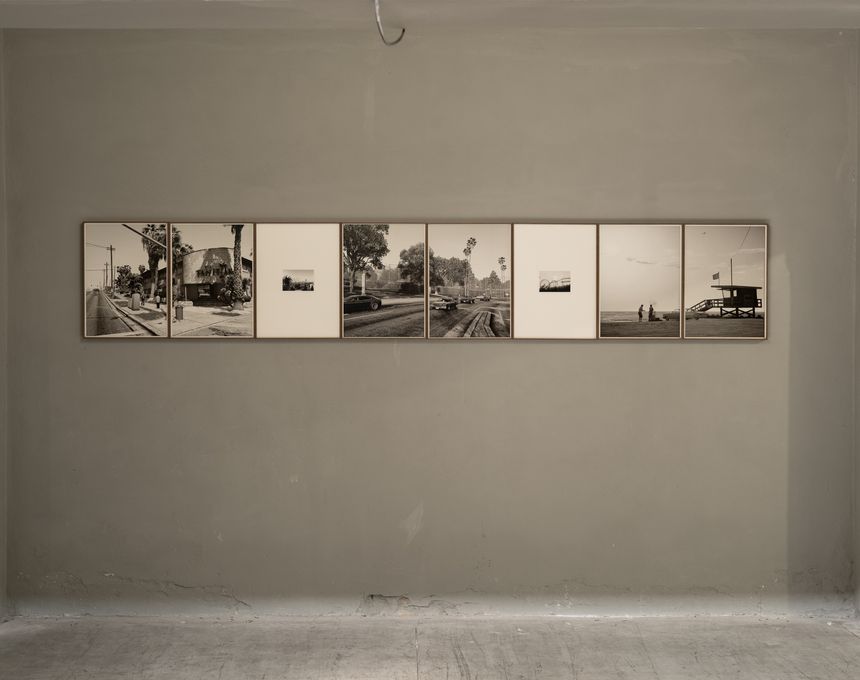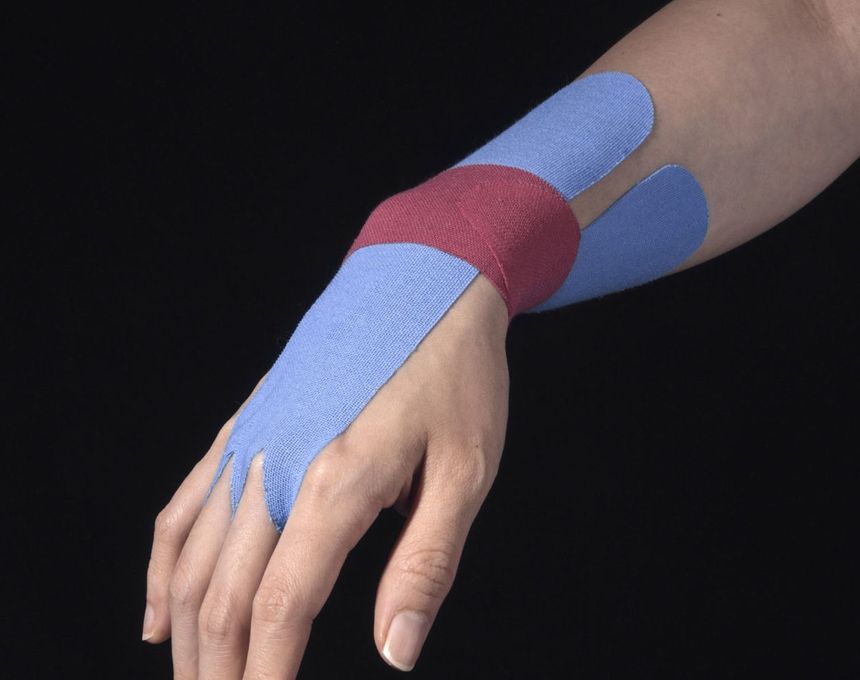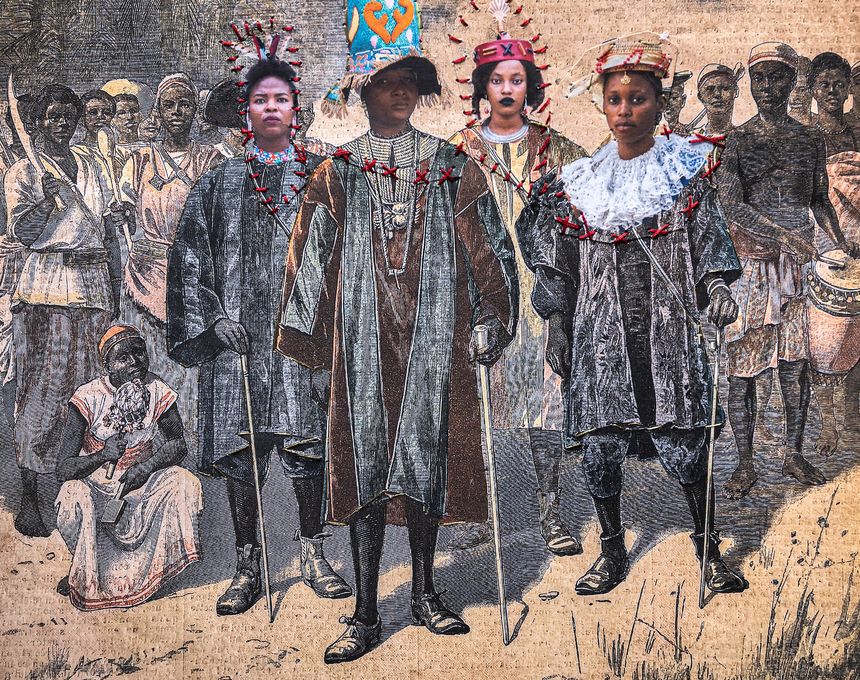A Wave of Migration along the Balkan Route
-
Published4 May 2016
-
Author
Early memories of the war of independence in his homeland, Slovenia, and its impact on his current work that most recently won him a World Press Photo Award.
Early memories of the war of independence in his homeland, Slovenia, and its impact on his current work that most recently won him a World Press Photo Award.
Matic Zorman is a freelance photojournalist, born in 1986 in Slovenia. His professional career in photojournalism began in 2008, by contributing images of daily news to a variety of Slovenian newspapers and magazines on a daily basis. Since documenting the aftermath of the Palestinian-Israeli conflict in the Gaza Strip for the first time in 2010, he has focused on unveiling and highlighting the humanitarian issues that remain hidden in the conflict zones.
He is currently active in the Balkan region, documenting a variety of issues. Matic's clients include The Washington Post, The Independent, Der Spiegel, National Geographic Slovenia and other publications. Most recently, Zorman's work was awarded by the World Press Photo in the People, Single Images category, for his work covering the migration on the Balkan route in 2016.
How did you get into photojournalism?
I was invited to contribute images of daily news to a variety of Slovenian newspapers and magazines in 2008. But my love for photojournalism grew as I was searching for an answer. Years ago a friend asked me while we were drinking coffee in the streets of Beirut: "Why do you want to be a photographer?" At that moment I was confused by this question, trying to understand why I would need to find some excuse for what I was doing. The thought of changing the world to a better place only by my images would be arrogant. It would require all people living on this planet to become a photographer for a day and to witness the blood and sweat of others, on which often, our comfort is built. Time has passed and I believe I have come to a closer answer to his aforementioned question.
Recently I called him and told him on the phone:
"Hey bro, now I know why. Because I love learning about life. I love what I am doing, learning from people whom I photograph and sharing their stories to others. The greatest gift for me is the moment I see audiences reacting to my images. The realisation that nothing is granted to us, and we should be grateful for each breath and for each morning we wake up with a roof over our heads - this is when I believe I am doing a good job. Photography is not something I see merely as a business; for me photography is life itself, and learning about it through the most beautiful way possible - nothing less, nothing more."
How do you differ your personal work from assignment work?
My personal work does not differ much from assignments. Perhaps the main difference is how I prepare for a job. I take time to understand what the assignment is about, and of course, the logistics. While working on my personal projects, I tend to "jump into the story", and 'float' between various directions, until I find the story which fits into the project. I ask myself, should it be personal or assignment work. I always try to maintain perfectionism, which is sometimes stressful, but the results of shooting when you believe you are done with the job, yet you still take an additional step further are always rewarding. Most of the time while I am working, I have a chance to meet interesting people and I try to keep in touch with them. It's rare for me to simply step in and out of work.
Can you talk about your project, The Balkan Nights?
I was 4 years old when Slovenia was going through a war of independence. The television reports about refugees fleeing Bosnia are still crystal clear in my head. I remember an old woman crying loudly on television, and as a child seeing her, I just started to cry too. 23 years later, in September 2014, I met with a Palestinian friend in Gaza, where I returned six times to document the post-war situation. He fled Gaza in a wheelchair, as he lost his legs in the 2008/2009 war and his house was destroyed in 2014 - Amar is his name - clothes, passport with fake visas and his prosthetic legs were the only items he took with him for this journey. When he returned back to Gaza from Libya, he got arrested (fortunately, otherwise he would have drowned on the same ship as his friend did). However, he told me he will try again and again and again - until he succeeds or dies. This was just one example of numerous tragic stories similar to those of people crossing the Balkan refugee route.
I am interested in the personal stories of people who have fled their home countries and left family members behind. I tried, therefore, to follow and document their historical plight to survive as they were crossing the countries, which were in a war of their own until relatively recently. I was shocked to see the conditions in which people left their homes and loved ones, unsure whether they will even make it. Infants sleeping in ponds during the cold rainy nights in Preševo, walking for ten or even more kilometres, hiding in the forests: these are just a few examples of what they had to suffer. It resembled the biblical exodus and put the conflict in Syria into perspective.
Was The Balkan Nights project published before winning an award?
No. The Balkan Nights project was not published, as such. A few of the images from Macedonia were published along with a text I wrote in a Slovenian magazine. I entitled the article 'Battle with time in 1.023.622 steps', as this is the approximate amount of steps needed to reach Slovenia on foot, if you start in Gevgelia, a town in southern Macedonia where refugees crossed into from Greece.
Congratulations on winning the World Press Photo first place in the single categories. How did that particular photo happen?
Thank you! A friend of mine, great photographer Kemal Jufri called me to ask if I can come to Zagreb to meet and brief him a bit about the refugee situation in the Balkans. We met the next morning for a coffee and when we finished it, we went to work in the Balkans. After a week we arrived to Preševo, south of Serbia. The awarded photo was shot near the fences, which lead refugees to a Preševo registration center, where they had to register their arrival in Serbia before proceeding to the north of Croatia. It was a rainy day, and refugees were given plastic rain coats. The whole process of registration was slow, and thousands of them were crowding to get in. In the crowd, I spotted that little child holding to the fence and so I shot the image. To my surprise, I saw the rain coat on her face only after, while reviewing the images! There is a bit of symbolism in it, as she looks like she is being suffocated by the rain coat, while being trapped by the fence.
Who’s work inspires you?
There are numerous photographers who have inspired my work. For instance, Eugene Smith with his Tomoko Uemura in Her Bath image, or James Natchwey, and Don McCullin among others. More than their images, I am inspired by their way of thinking. There is great inspiration all around. Sometimes in front of me, the people whom I photograph.
What is next for you?
I will make myself a cup of strong coffee! Having it, I am accepting the future and whatever it brings along. Hopefully, there will be chances to continue my personal work in Gaza, where I would like to continue my project "Give me Liberty or Give me Death“, to live with families, focus on mothers who lost their family members, who fled the post war situation. Just as long as I can photograph, I am happy!
To learn more about his project, visit Matic's profile


